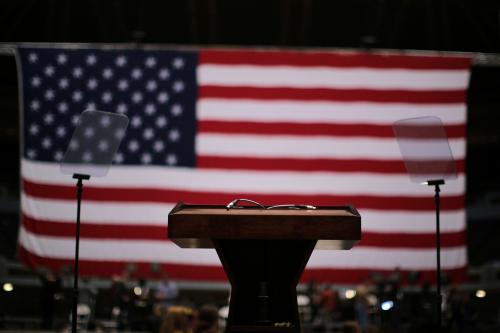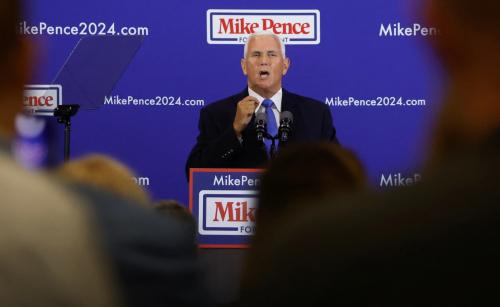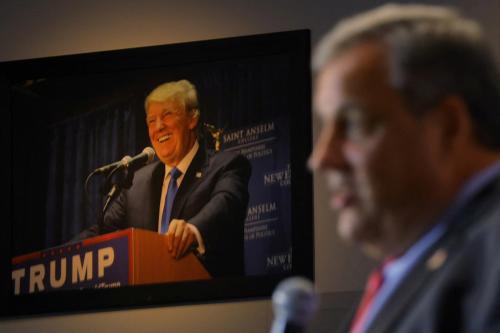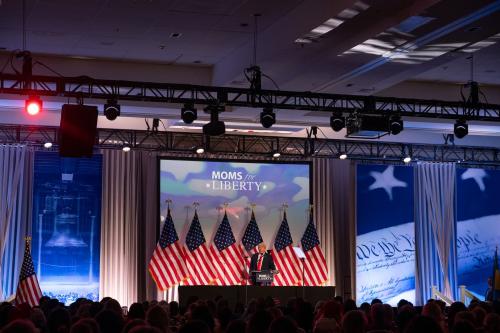Earlier in these pages we set out a chronology of scenarios that would result if a presidential candidate or president-elect were to die or become incapacitated. Between the Constitution and political party rules, we have a roadmap for how to manage the unexpected, such as if a presidential candidate dies or is incapacitated. In normal times, that process would likely be smooth and bipartisan. But these are not normal times.
In early 2015 I wrote a novel, “The Electors,” with a plot that followed a defeated Republican incumbent president’s scheme to overturn the results of the Electoral College. It was a story that had been brewing for me since the contested 2000 recount of the Gore-Bush Florida results. In the wake of 9/11, I imagined that a catastrophic event during a presidential transition could result in a constitutional crisis—a good idea for a political yarn but highly unlikely.
Key to my story is something that few Americans realize. The electors we vote for when we vote for president are real live people who meet in their state capitols after the election in order to vote. Then they send these votes to the United States Senate where the votes are opened and counted by whoever is Vice President of the United States at the time. In my fictional story, the president’s operatives used cyber tools, the “dark” internet, political and personal threats, and lots of money to coerce electors into changing their vote (turning them into “faithless electors”), ultimately sending the election to the House of Representatives for a decision.
The 2020 election made that wild idea not only conceivable but a real possibility. President Trump and his political and legal team followed a similar script, recruiting slates of fake electors in swing states, unsuccessfully challenging Vice President Pence to reverse the final electoral count in Congress, and setting off a riot at the Capitol on January 6, 2021. The number of federal and state indictments and convictions as a result of their electoral scheme grows daily.
During that debacle, the federal and state courts functioned as the Founding Fathers planned, exercising their independence and turning back nearly every Trump legal challenge. While the ending has not yet been written, Trump and dozens of his followers are facing trials over the next months.
Yet Trump is on track to win the Republican nomination and is running neck and neck with President Biden in most polls. So, a repeat of some version of 2020 in either party is entirely realistic, with an even more dire consequence possible.
Suppose for a moment that:
- The 2024 presidential election margin remains razor thin;
- The two candidates are separated by only a few electoral votes—an outcome that could easily have occurred in every election since 2000;
- A state legislature in a red state, for example, decides that the margin for the Democratic candidate is questionable, or a state legislature in a blue state decides that the margin for the Republican candidate is questionable;
- The state has put in place new election laws, or officials, to control the final count in that state;
- The state withholds its official electoral count when the Electoral College meets in December, leaving neither candidate with the required 270 votes to become president-elect.
Add to this chaos the potential for a faithless elector to switch or withhold a vote. The Supreme Court ruled that states can legally bind their electors to vote for the winner of that state’s popular vote, but about 20 states have yet to do so, leaving the potential for political mischief in either party open.
What happens then? The election is sent to the House of Representatives and each state delegation casts one vote, with 26 votes required to win. That means Wyoming, with a population of 580,000, has one vote, and California, with 39 million, gets one vote. This is arguably the least democratic way to elect a president imaginable, as Thomas Jefferson wrote, “a disaster waiting to happen.”
Far-fetched? Let’s hope so. But as we know, these are not normal times.
-
Acknowledgements and disclosures
Roy Neel is the author of “The Electors.” He served as Chief of Staff for former Vice President Al Gore and Deputy Chief of Staff for former President Bill Clinton. He also directed Gore’s transition planning in 2000.





Commentary
What if the electors in the Electoral College actually get to choose the president?
September 21, 2023